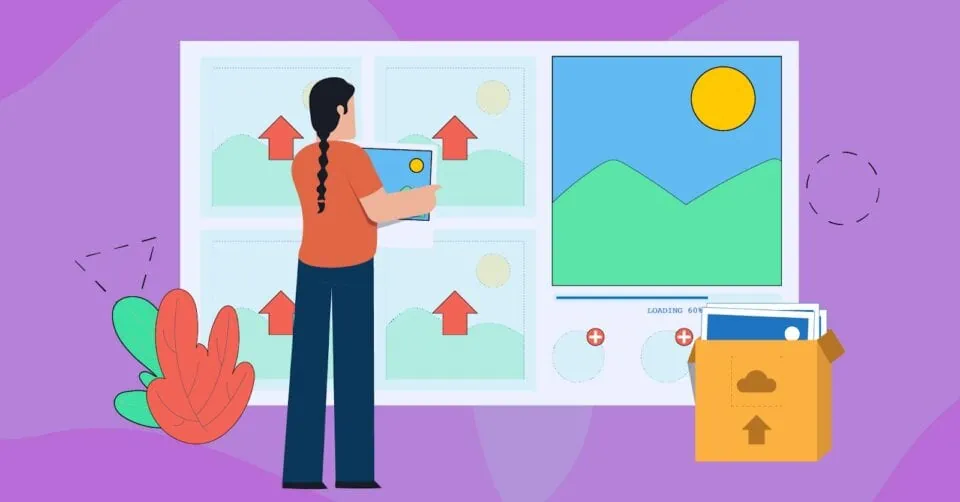How to Use Local SEO to Make Your Music School the #1 Choice in Your Area
Last updated Nov. 17, 2024

Written by Iftekhar Chowdhury. In collaboration with oDeskStudio

Picture this: A parent searches for “piano lessons near me” on their phone. Two options pop up—a competitor with a few scattered reviews and your music school, with glowing feedback, polished photos, and a professional website. Guess who they’ll choose?
If you’re not investing in Local SEO, you’re leaving this decision to chance. With the right strategies, your music school can resonate with potential students and hit all the right notes in local search results.
Let’s dive into 10 powerful Local SEO steps to make your music school stand out.
Step 1: Fine-Tune Your Google Business Profile

Your Google Business Profile (GBP) is your concert hall on the digital stage. Optimize it to attract parents and aspiring musicians.
- Add categories like Music School, Guitar Lessons, Voice Training, etc.
- Upload high-quality photos of your classrooms, teachers in action, and student performances.
- Use a keyword-rich description like:
“[School Name] offers top-notch music education, including piano, guitar, and voice lessons in [City]. Perfect for beginners to advanced musicians.”
Bonus Tip: Post regular updates about recitals, new courses, or special events.
Step 2: Compose a Local Keyword Strategy
Understand what your audience is searching for and align your content with their intent.
Examples of High-Impact Keywords:
- “Piano lessons near [City]”
- “Affordable music classes for kids in [City]”
- “Voice training for beginners near me”
Pro Tip: Use keyword tools like Ahrefs or Google Keyword Planner to discover long-tail variations.
Step 3: Create Harmony with Local Landing Pages
If you offer different types of lessons or serve multiple locations, create dedicated landing pages.
Example Landing Pages:
- Piano Lessons in [City]
- Guitar Classes for Kids in [City]
- Voice Lessons for Teens in [City]
Each page should include:
- Details of the lessons offered.
- A clear call-to-action (e.g., “Book Your Free Trial Today!”).
- Reviews or testimonials specific to that course.
Step 4: Blog Your Way to More Visibility
Blogging isn’t just for music enthusiasts; it’s a powerful SEO tool. Share valuable content to attract parents and students alike.
Blog Topics for Music Schools:
- “How to Choose the Right Instrument for Your Child”
- “5 Benefits of Learning Music at an Early Age”
- “The Ultimate Guide to Preparing for Your First Recital”
Pro Tip: End each blog post with a call-to-action, like scheduling a trial lesson.
Step 5: Strike the Right Chord with Backlinks
Backlinks from local and authoritative websites amplify your SEO efforts.
How to Get Backlinks:
- Partner with local schools for music workshops.
- Collaborate with local businesses (like instrument stores) for events.
- Pitch guest blogs to community websites about the benefits of music education.
Step 6: Encourage Rave Reviews
In the music world, reputation matters. Encourage students and parents to leave reviews that showcase your expertise.
Easy Ways to Get Reviews:
- Ask parents after a recital or milestone.
- Send automated follow-ups post-enrollment with a review link.
- Offer incentives like discounts on the next semester for leaving feedback.
Pro Tip: Feature these reviews prominently on your website and Google Business Profile.
Step 7: Optimize Your Website for Mobile Users
Most parents will search for “music classes near me” on their phones. A slow, clunky site could send them away.
Mobile Optimization Checklist:
- Ensure fast page load times.
- Add large, easy-to-tap buttons.
- Make the enrollment form simple and mobile-friendly.
Step 8: Hit the Right Notes on Social Media
Social media platforms like Instagram and Facebook are visual powerhouses for showcasing your school’s vibe.
What to Share:
- Clips of student performances.
- Teacher introductions or lesson previews.
- Event announcements like open houses or recitals.
Pro Tip: Use local hashtags like #MusicLessons[City] or #GuitarClass[City] to boost reach.
Step 9: Use Local Ads for a Quick Boost
While SEO takes time, running local ads can provide instant visibility.
Examples of Effective Ad Campaigns:
- Google Ads targeting “piano lessons near me.”
- Facebook Ads showcasing video clips of your talented students.
- Instagram Ads featuring before-and-after progress stories.
Step 10: Monitor and Improve Your Performance
SEO isn’t “set it and forget it.” Track your results to ensure your strategies are hitting the right notes.
Tools to Use:
- Google Analytics: See where your traffic is coming from.
- Google Search Console: Monitor keyword rankings and performance.
- BrightLocal: Keep tabs on your local SEO efforts.
Pro Tip: Refine your strategy quarterly to stay ahead of competitors.
Final Note: Your Music School’s SEO Symphony
Imagine your music school thriving: full classrooms, a buzzing calendar of recitals, and happy students making progress daily. This vision becomes a reality when you master Local SEO.
Start with these 10 steps, and your music school will soon become the top choice for aspiring musicians in your community. Now, it’s time to take the stage—because your audience is already searching.
